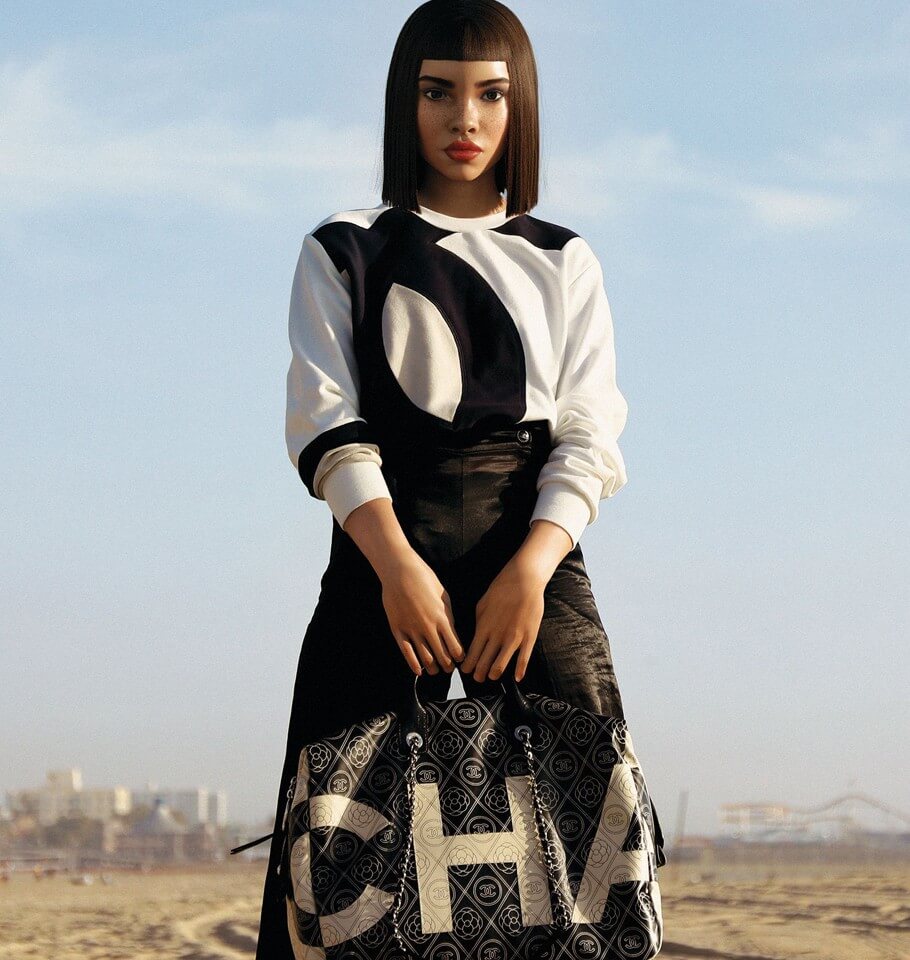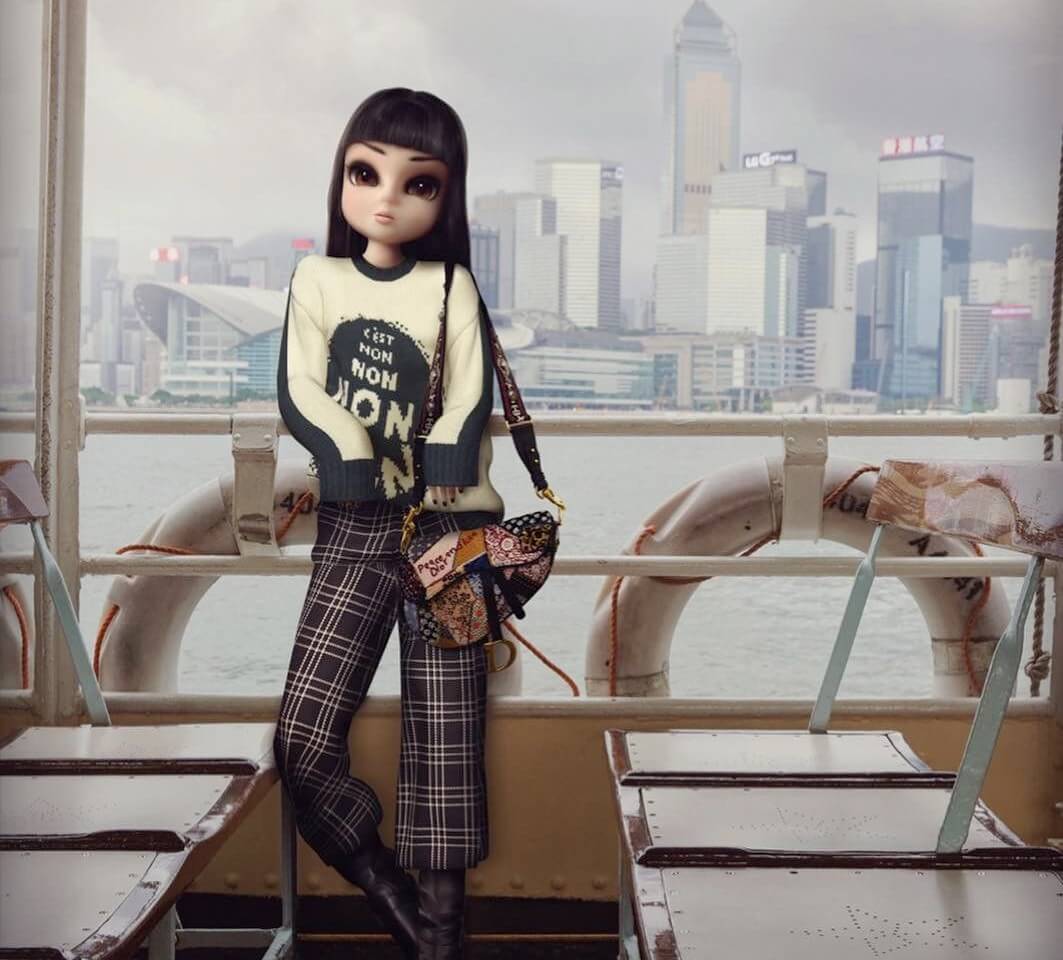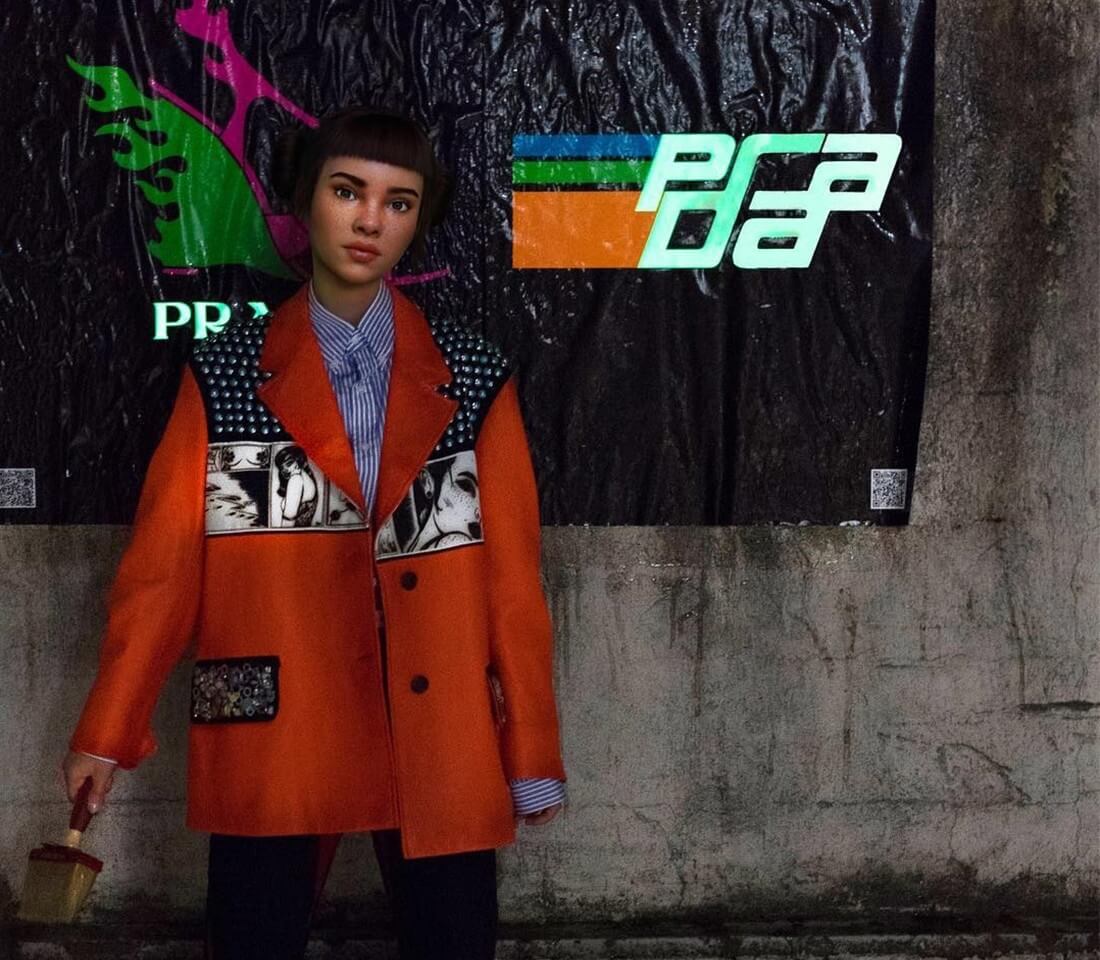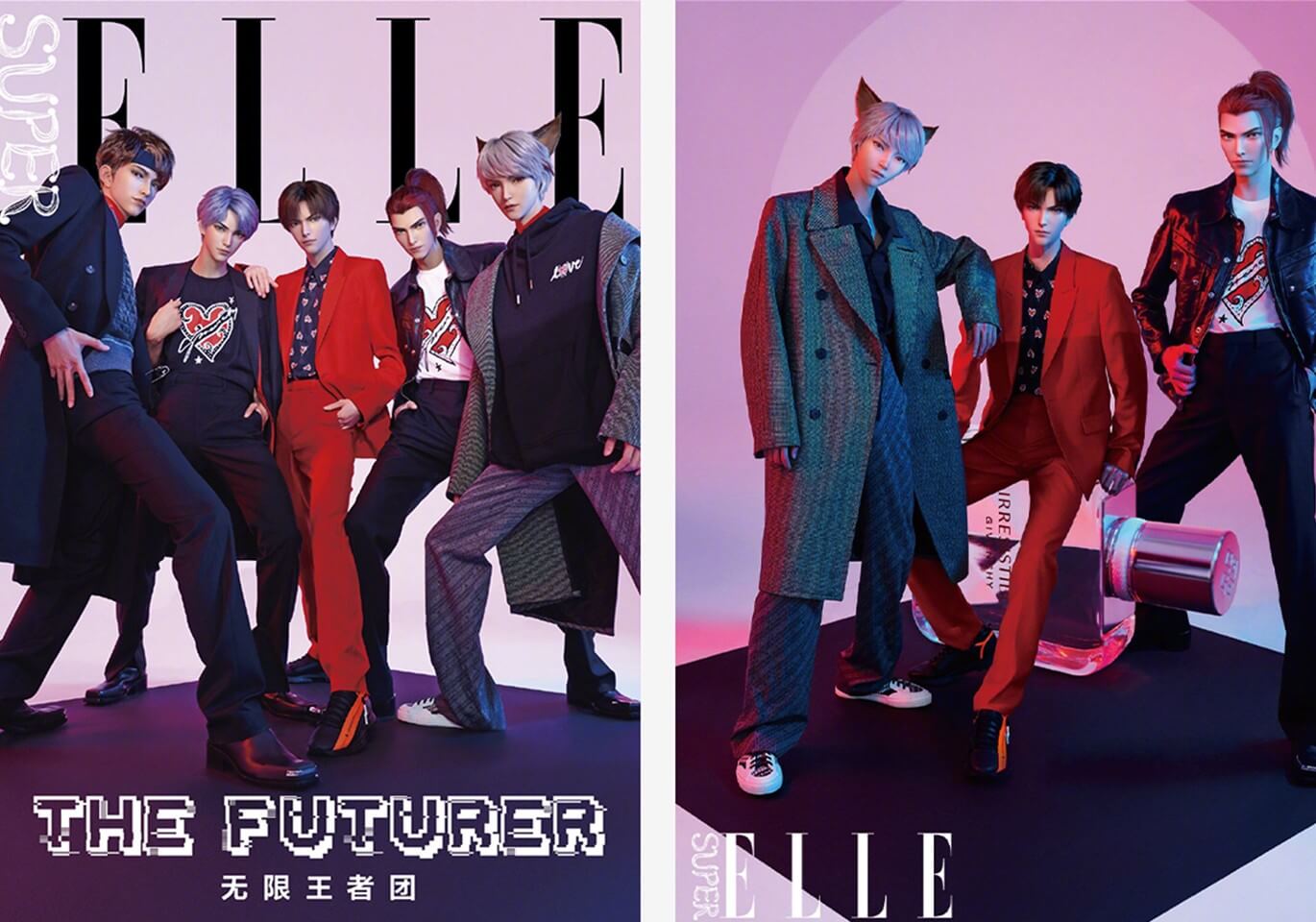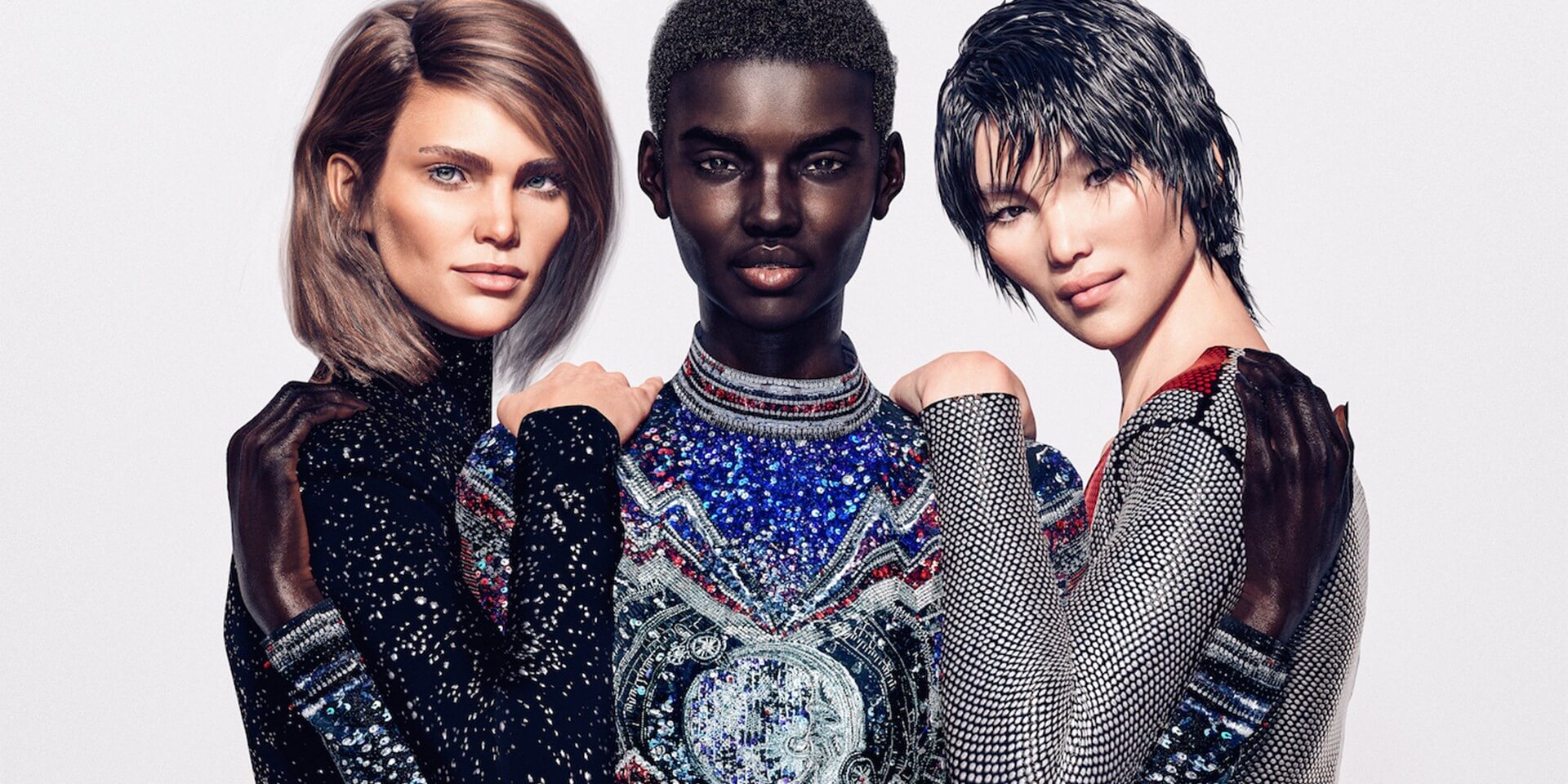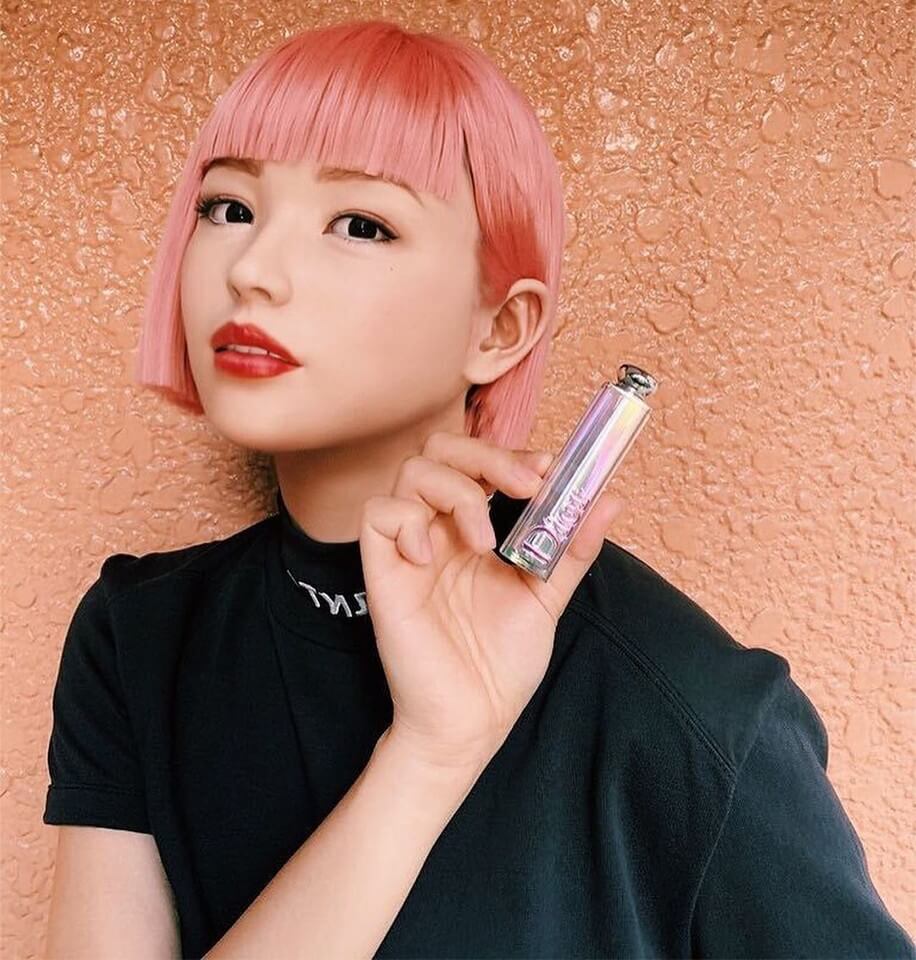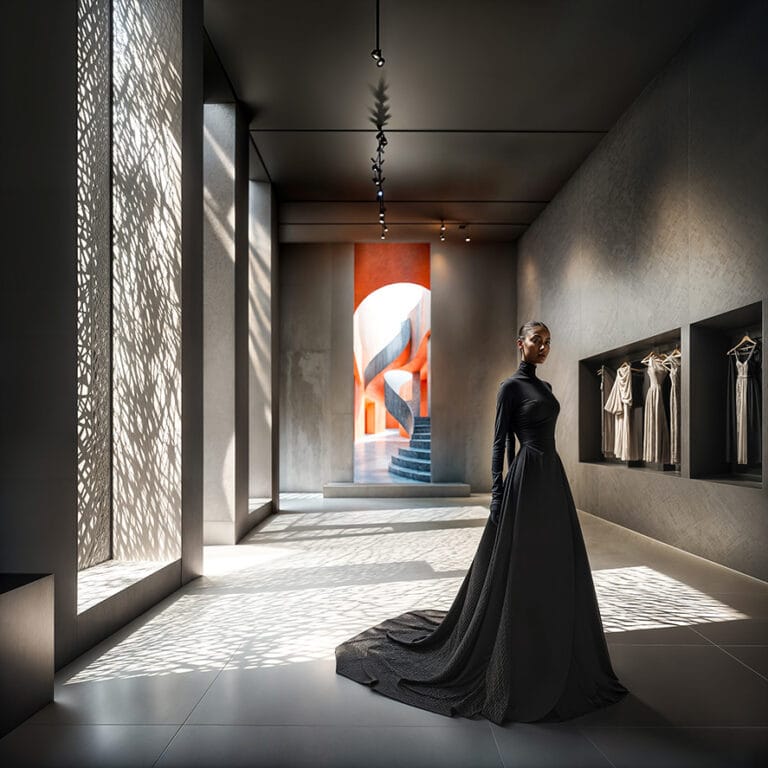
Virtual Models meet Luxury Brands : How are they being used?
Have you heard about your competitor’s virtual fashion model winning the attention of your consumers? If you haven’t yet, you will be hearing it soon if you won’t take the action now. Which is creating digital fashion models for your latest collections.
As you might not know, two of the hottest trends in digital fashion are metaverse and virtual models. Let’s first talk about metaverse. A new world of opportunities, metaverse holds great priority for luxury brands that want to expand their consumer bases. In a piece of ground-breaking news, the luxury conglomerate LVMH already has a virtual model as its metaverse ambassador. Talk about being the first!
As users can live, shop, and play around in the metaverse, just like the real world. As a result, luxury brands have to advertise in metaverse which requires digital clothing and yes, virtual models for everything literally. Starting from virtual launches to digital fashion shows.
In simple words, virtual models are a must if you want to establish yourself in the budding metaverse. Virtual models are fictional avatars, generated by a computer that have realistic human characteristics, features, and even personalities. These are becoming popular for luxury marketing campaigns, with one even being signed to a supermodel agency.
All top luxury brands have tasted success featuring virtual models in their campaigns. Take our hit project with the high fashion house, Ralph and Russo for their haute couture fall/winter 20/21 collection. We designed Hauli, a virtual model, and featured their collections in the most exotic places on the face of Earth, bringing more charm to the superb designs. The following stats reflect the future need for a virtual model for every luxury brand.
- The brand received more than 202000 visitors with 490000 page views after the campaign went live.
- The total audience for the promotion stood at 19.4 Million views worldwide.
- Ralph and Russo observed a media impact value of 65.1 Million USD with our virtual model and digital clothing alone.
This was for just one campaign. Imagine, what if you do all your future campaigns with super flexible and impactful digital models? Yes, the results will follow, increasing in leaps and bounds.
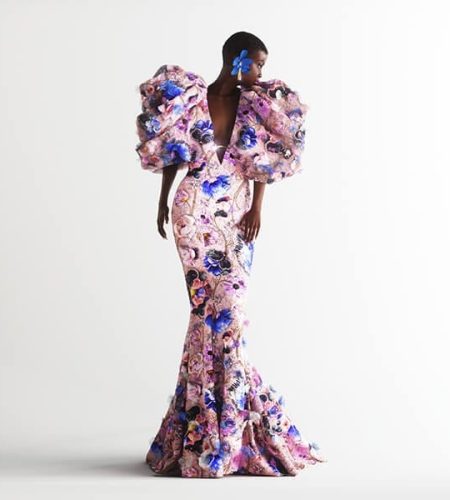
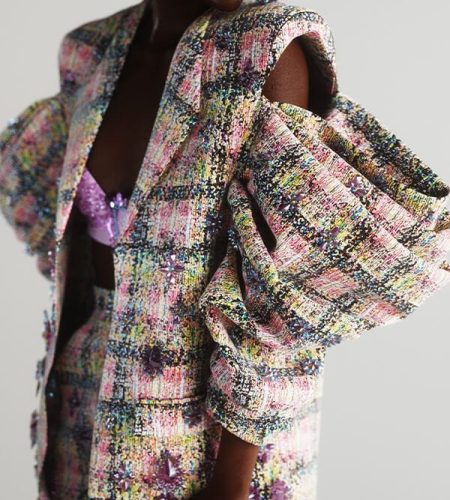
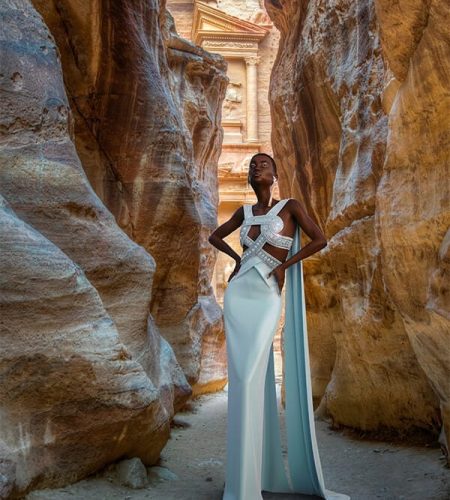
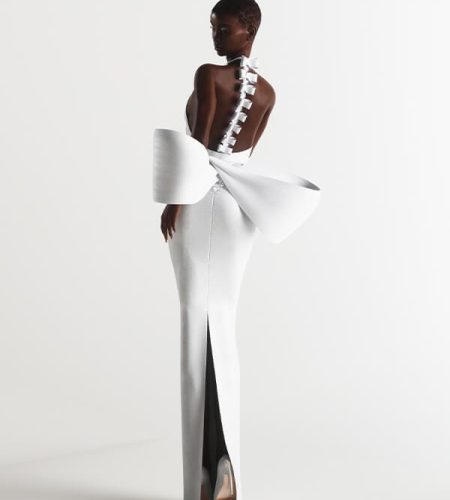

Our alluring virtual model, Hauli, created for Ralph and Russo Fall/Winter 2020/21 collection, has created many impressive milestones for the brand in terms of customers an media impact value.
Luxury brands are realizing that virtual models cannot only save them money but also have a positive effect on sustainability. Digital models reduce the need to travel around the world for exotic locations. Also, when combined with the digital fashion they further re-shape the fashion industry as an eco-friendly one.
Want to know more about the transformative power of Virtual Models? Schedule a Discovery Call and Consultation.
Want to know more about the trends in digital fashion? Download our experts-curated FREE guide now!
Download the Free E- Book
Are Virtual Models the Future of Advertising?
Yes, they are! With the recent boom of the metaverse and the enormous benefits they offer, having brand-owned virtual models is a must. Virtual models can be created to represent a brand through programming. A team of 3D designers creates the look and a team of copywriters creates their personality.
Therefore, brands have control over the content produced for the model. This would not be the case with real models. A single social mistake can have a major impact on a brand’s reputation. Consequently, many of them have started using virtual models for their luxury marketing strategies.
As technology develops very quickly, it will be hard to know the real from the digital. To maintain your customers’ trust, brands like yours always have to let know the existence of an AI program. Most high brands have had great success using virtual models for their luxury marketing campaigns. Also, virtual models are featured in various different 3D virtual spaces which directly connect with a lifestyle of the consumer. Take a look for yourself and feel the enormous inspiration and connection emanating from them.
Why Virtual Models in Luxury Marketing
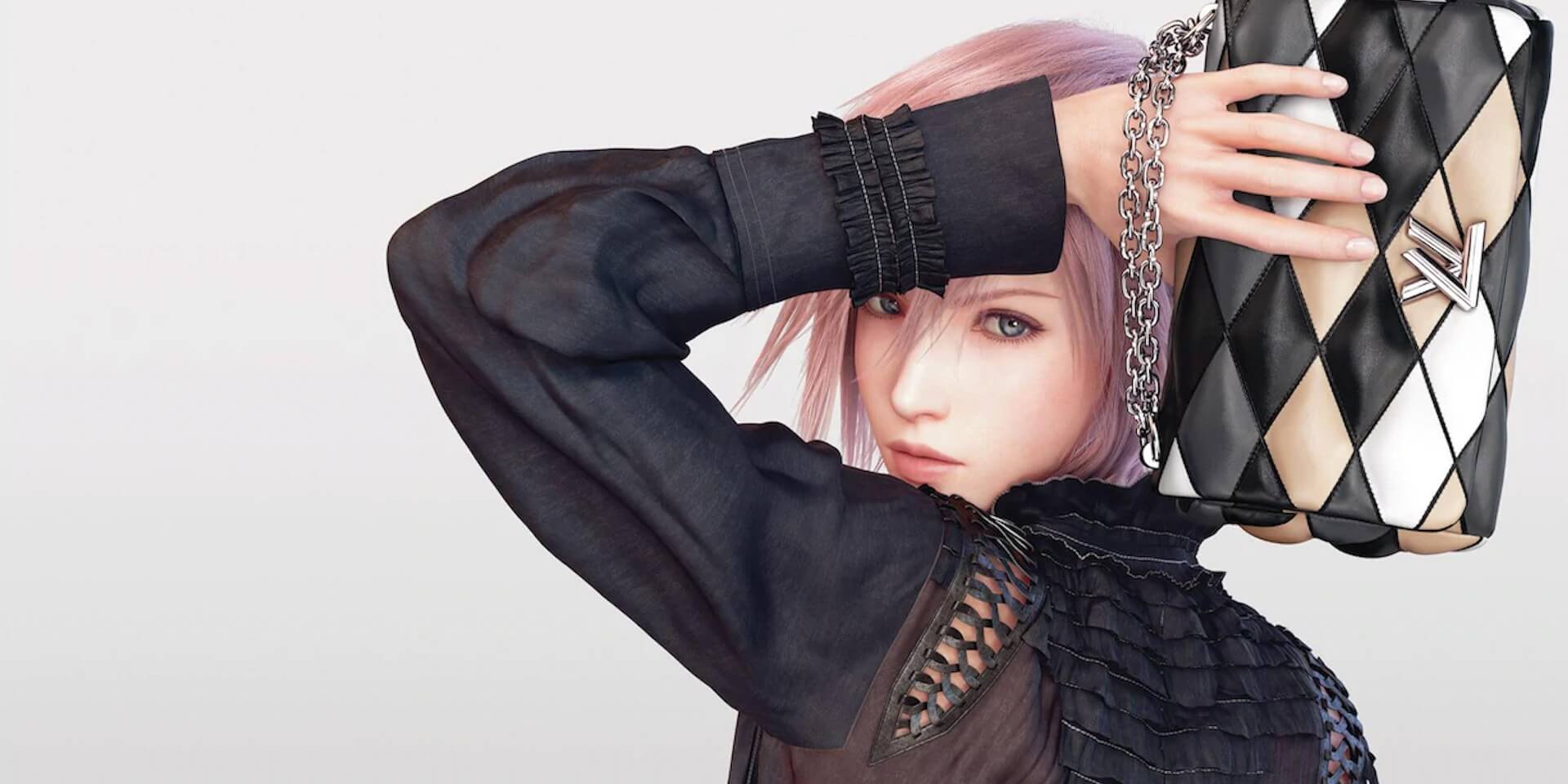
Louis Vuitton
In 2016, Louis Vuitton made Lightning their virtual model for their Spring-Summer 2016 collection advertising campaign. Lightning is a famous video game character from Final Fantasy XIII.
This was one use of a luxury fashion brand stepping into the video game industry. Louis Vuitton advertised their collection to a new audience through digital fashion. Choosing a popular game character, it shifted their target audience to a new younger generation.
This also was Louis Vuitton’s first major luxury marketing campaigns solely focused on the Asian market. While Lightning might not be as famous in the West, she is very popular in the East.
In 2019, League of Legends partnered with French fashion house for 2019 World Championship. The brand’s artistic director, Nicolas Ghesquière, designed skins for League of Legends Champions Senna and Qiyana. These outfits can be purchased by game users.
To showcase Louis Vuitton’s artistic director’s past collections, the brand collaborated with K/DA of Riot Games in 2020. Together with the virtual influencer, Seraphine, the digital members of the group wore Fall 2014 to Spring 2019 collections.
Chanel
Similar to Louis Vuitton, Chanel used Lightning as their virtual models. She was featured on the latest issue of Japanese men’s fashion magazine Arena Homme Plus.
Chanel has also worked with fashion’s first virtual influencer @lilmiquela, who has over 2.7 million followers on Instagram. She uses her platform to support social causes such as Black Lives Matter and transgender rights. As a result, many people became her faithful followers.
Dior
Dior worked with virtual model/influencer @Noonoouri . Noonoouri is 18 years old and 1.5 meters tall has over 360,000 followers on Instagram. She lives in Paris, France and only wears digital fashion in front of a Virtual Backdrop showing Hong Kong.
Noonoouri took over their Instagram account during Dior’s Cruise Collection that took place in Chantilly Castle’s stables.
Balenciaga
Balenciaga has its own virtual models that can bend their bodies in impossible ways. You can watch some of their videos through Balenciaga’s Instagram channel.
They used these elastic virtual models for its Spring 2019 look-book. These virtual models were created by Copenhagen-based visual artist Yilmaz Sen.
For the fall 2021 collection, the French label used the video game Afterworld: The Age of Tomorrow to showcase its designs. Created by Unreal Engine, the 50 human-like avatars are all dressed in neo-medieval style.
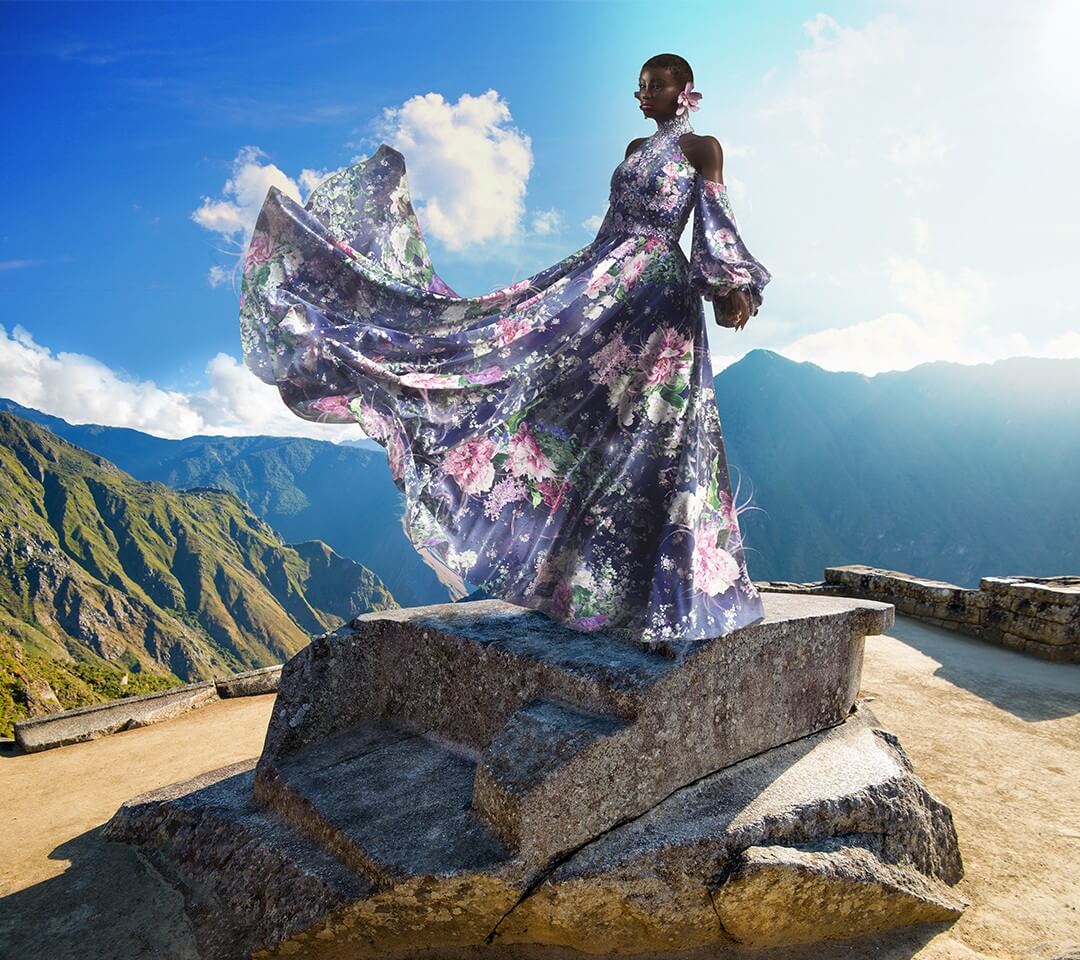
Ralph & Russo
Ralph Russo was a huge hit at Haute Couture Autumn 2020 with their Fall/Winter 2020/2021 collection. Using a virtual model and digital fashion they brought their clothing to the global stage.
Due to COVID-19, Ralph & Russo used a virtual model called Hauli She is a traditional Swahili name signifying strength and power. Hauli traveled the world visiting the seven wonders while showcasing the latest Fall/Winter collection.
Find out how we created Hauli and Ralph & Russo’s digital clothing collection here.
Burberry
Burberry made fashion history 10 years ago when they used 3D technology during London Fashion week. Now the brand have launched a music single in China called Runway 2.0. This was in collaboration with virtual influencer Xiaobing and her sister He Chang.
The whole production included 3D images, real-life performances, and digital fashion. Users were also able to virtually join the Burberry Party Room and create their own customized music. This music video was a huge hit on Weibo and WeChat and helped Burberry connect with the younger generation in China.
Burberry also had a digital collaboration with Kendell Jenner. As part of their luxury marketing campaign for their TB Summer Collection, the brand used real-life rendering. It created a lifelike 3D virtual self of Kendell, from images she took at home. She was then rendered with Burberry garments in digital form.
In November 2020, Burberry partnered with tech giant Tencent. It used the characters of the game Honor of Kings as virtual models and designed clothes accordingly. Players of the game can buy these skins. This lets the Chinese audience explore the digital products in the game realm.
Prada
Prada has worked with Lil Miquela for their luxury marketing campaigns. Lil Miquela also promoted the brand’s Fall 2018 collection during fashion week. They let her take over their Instagram account during the Fall/Winter 2018/2019 catwalk.
Lil Miquela uploaded videos and images onto Prada’s Instagram Stories. The virtual model invited all her loyal followers to head to Prada’s Instagram. She gave them behind-the-scenes clips and previews of the collection before the fashion show began.
Givenchy
Luxury brand Givenchy partnered with Fashion media outlet SuperELLE for their Qixi Festival campaign. The campaign featured the virtual boy idol group, WXWZ in the mobile game Honor of Kings.
The group is made up of the most popular characters from the game. However, they were all styled is digital clothes. Givenchy designed Qixi ready-to-wear collection for the members.
The beauty of this luxury marketing strategy was that the characters already had a huge social following among female players. Also, the virtual group released a new single and a short film specially made for the Qixi Festival. This led to massive engagement in the gaming community in China.
Balmain
Balmain is a French luxury fashion house that launched a campaign starring three digital models in the Fall of 2018. Two of the models are exclusive to the Balmain brand as part of their virtual model army.
The third is Shudu Gram, a virtual model created by British fashion photographer, Cameron-James Wilson. This digital avatar has over 200,000 followers on Instagram and is referred to as the world’s first digital supermodel. She uses her platform to share her message for female empowerment and diversity in the fashion industry.
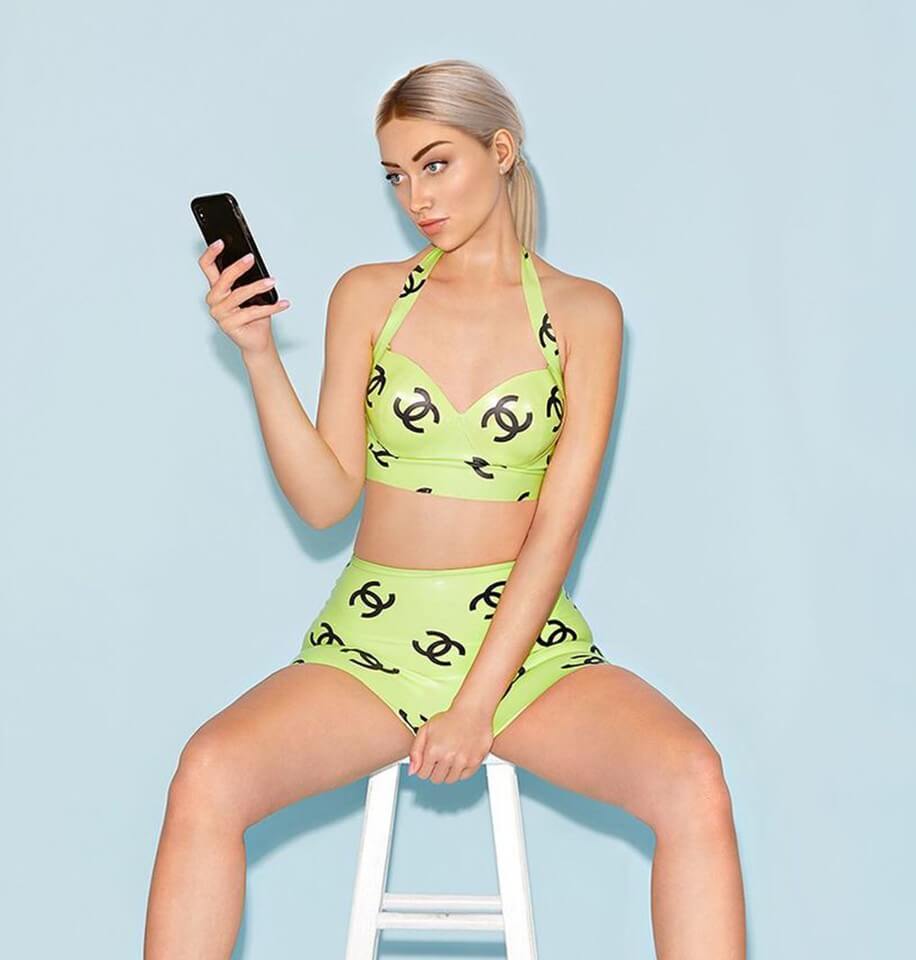
Porsche
Virtual Models-The Future of Influencers
The fashion media industry is very interested in digital fashion and virtual models, thanks to the metaverse boom and Gen Z craze. Recently, first-of-its-kind, a metaverse fashion show took place in the online world, Decentraland. It was a bigger hit than expected, pressuring brands to have to do their best to stand out. To achieve success in the online world, brands like yours have to start directing their efforts towards digital models and virtual influencers created by AI and 3D software.
While Brands can create their own virtual modes, you can also choose already existing virtual influencers like Bermuda. They already have a strong and loyal following, hence great for luxury marketing campaigns.
Virtual Influencers are much more flexible as they can go to any fashion show or give concerts at any time. They can also promote brands on social media 24/7. Hence, human-like avatars are the perfect ambassador for luxury brands.
In addition, labels don’t have to spend money on hiring makeup artists, photographers. The cost of renting out studios, and traveling to different shooting locations is also excluded from their budget.
Furthermore, data shows that virtual influencers have 3x the engagement compared to real-life influencers. This is because many prefer virtual interaction in online worlds to their counterparts. This is because they can fully express themselves in the virtual spaces. Convenience and comfort it brings it very crucial for them when associating with a brand.
The bottom line is that virtual models are lifelines for your presence in the online realms. To capture and interact with the audience in a virtual way, digital models are the only choice! You should probably get started with your first virtual model with us!
Want to know more about the transformative power of Virtual Models? Schedule a Discovery Call and Consultation.
